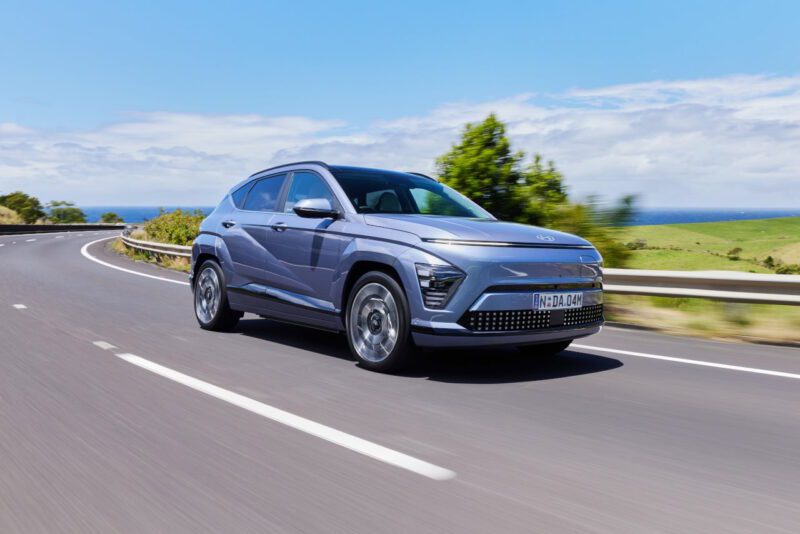An interesting question and comment I have started hearing more often at my public talks is ‘but aren’t EVs so much heavier than internal combustion engine cars, meaning they do more damage to roads?”
I am guessing that the comment is born out of a recent focus on the Australian car market becoming skewed towards ever larger and heavier vehicles and the increasing burden these place on our roads, let alone the hip pocket pain through the increased fuel needs of such heavy vehicles.
If EVs were significantly heavier than ICE cars, then perhaps that comment could be worth exploring. However, my previous checks have shown they aren’t all that much heavier.
It would seem though that this idea has been growing in the general media and is now being used as a put-down of EVs. As such, it is probably time I put this myth to bed in a more researched fashion. Below is a selection of some common full-electric vehicles that also have full internal combustion engine (ICE) equivalents.

As shown by the above table, full electric versions are only around 10% to 15% heavier than their direct ICE equivalent. This could hardly be described as a ‘massive’ difference.
Furthermore, if your driving needs are mainly short commuter-style trips, choosing a smaller battery version (like the standard-range Kona over the long-range version), will reduce that differential further. (In that example, from 17% to 11%).
Logically, this makes sense too. Removal of the internal combustion engine, gearbox, fuel tank and exhaust provide significant weight savings, and the electric motor that replaces the motor, gearbox etc is much smaller and lighter, so a BEV is not only a lot simpler, prior to installing the battery it is a lot lighter too.
Summing up:
Like for like, EVs are generally only 10% to 15% heavier than their ICE equivalent. This would likely be the same for size-for-size comparisons, but I stuck to direct equivalents to remove the variable of trying to compare different models.
And battery technology is still evolving so in the longer term this marginal weight difference will decrease as battery energy density further improves.
It is also worth remembering that whilst the battery does add some weight over an ICE equivalent, your choice of car size and type are greater influences on overall vehicle mass.
Choosing a smaller battery (which reduces the car’s initial cost as well) as well as a smaller vehicle that suits your real needs are better ways to reduce your environmental and weight footprints.
Buying an EV equivalent of a large ICE SUV or 4WD ute without questioning whether such a big, heavy vehicle really does suit your needs is not the best way to reduce your impact on the environment (or road!).

Bryce Gaton is an expert on electric vehicles and contributor for The Driven and Renew Economy. He has been working in the EV sector since 2008 and is currently working as EV electrical safety trainer/supervisor for the University of Melbourne. He also provides support for the EV Transition to business, government and the public through his EV Transition consultancy EVchoice.


